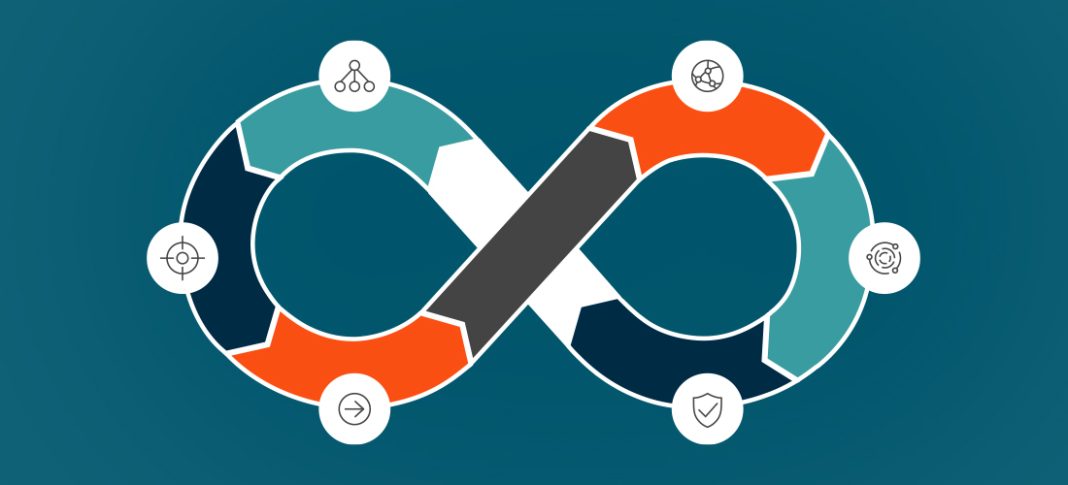DataOps is a rising set of practices, processes, and applied sciences for constructing and enhancing data and analytics pipelines to meet commercial enterprise wants quickly. As these pipelines come to be more complex and improvement groups develop in size, agencies want higher collaboration and development procedures to govern the glide of facts and code from one step of the information lifecycle to the next – from information ingestion and transformation to evaluation and reporting. The intention is to increase agility and cycle times, while decreasing records defects, giving builders and enterprise customers greater confidence in records analytics output. DataOps builds on principles famous in the software program engineering field, such as agile, lean, and non-stop integration/continuous delivery, however, it addresses the special wants of information and analytics environments, which include the use of a couple of records sources and various use instances that range from statistics warehousing to records science. It depends closely on taking a look at automation, code repositories, collaboration tools, orchestration frameworks, and workflow automation to speed up transport times while minimizing defects. DataOps requires a cultural shift. It is no longer something that can be applied all at as soon or in a short length of time. DataOps is a journey. Leaders use productiveness metrics to gauge their progress and impel them and their groups to continually search for new approaches to reduce wasted effort, streamline steps, automate processes, make bigger output, and get it proper the first time. For large organizations with massive improvement teams, DataOps is an antidote to many of the woes that beset IT and improvement organizations.
From 2023 to 2028, the DataOps Software market is expected to grow by USD 3791.01 Million at a CAGR of 20.31%. The research contains market statistics from 2017 through 2022E. The current market value is USD 1873.37 Million.













